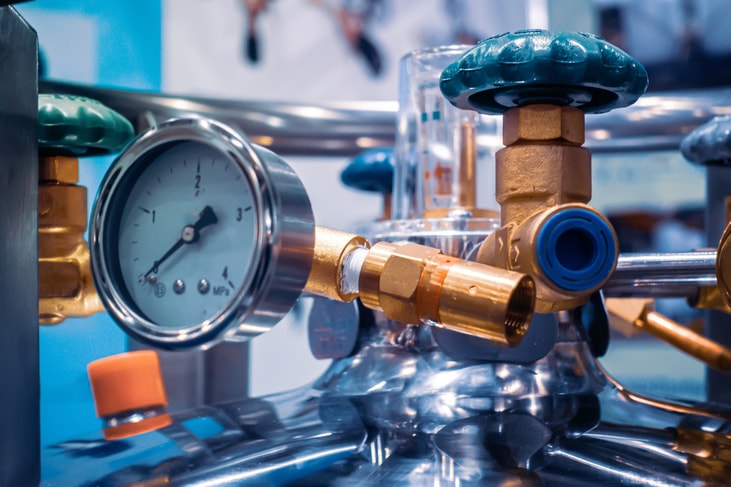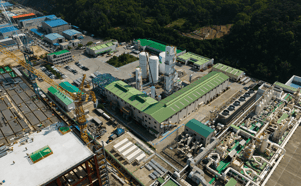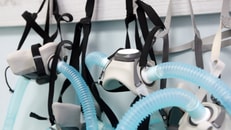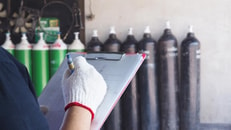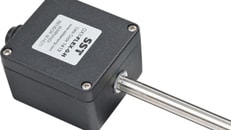Clean for safety: The explosive truth about oxygen system cleaning
Cleaning liquid or gaseous oxygen system components is imperative for system performance and safety. Particles and residue may impede the operation of sensors, valves and controls. Residue may also cause friction in moving parts, producing both heat and a fuel source.
Materials become easier to ignite because their flammable ranges start to expand and their autoignition temperatures begin to drop in the presence of an oxygen-rich environment. This is a concern, since the residue could spontaneously auto-ignite and cause an explosion. So, it is important to ensure all oxygen system components like pipes, hoses, tubes, regulators and meters are all clean and dry. Oxygen system components are often dirtied during the manufacturing process and must be properly cleaned before inspection, assembly and packaging.
A contaminant is basically anything that could potentially cause combustion, autoignition or affect the purity of the oxygen system. Possible contaminants typically fall into three categories. Organic hydrocarbon-based greases and oils. Inorganic pollutants such as nitrates, phosphates, water-based cutting oils and other acids and solvents. And lastly, particulate including things like lint, dust or welding slag.
... to continue reading you must be subscribed

